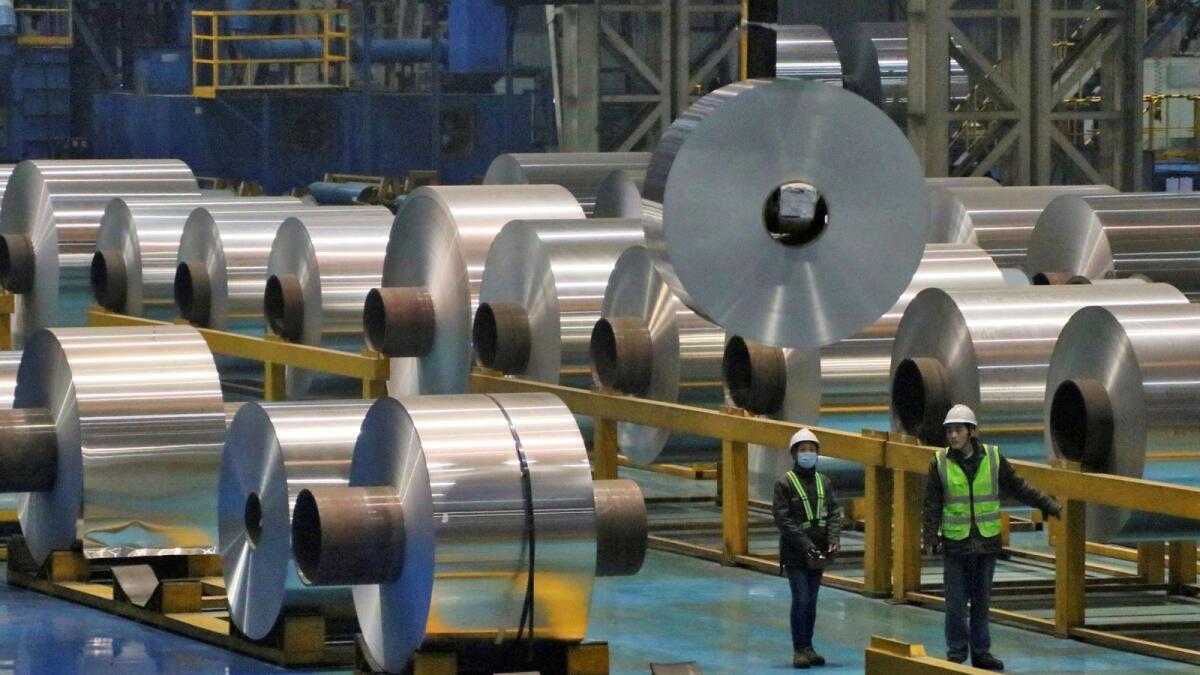As aluminium prices hit a four-month low, market participants are closely monitoring various factors that could potentially impact the market further. The decline in prices is attributed to a buildup in short positions on high aluminium inventories. The most-traded three-month contract for aluminium dropped to $2,239.5 per metric tonne, the lowest it has been since March. Fast money is continuing to increase short positions on aluminium, contributing to the overall growth in short positions for metals on the London Metal Exchange (LME).
Despite a slight retreat in aluminium stocks monitored by the Shanghai Futures Exchange, they still remain at their highest level in 15 months. China, the largest producer of aluminium, saw a significant increase in production in June, reaching 3.67 million tonnes, the highest in nearly a decade. Market analysts predict that LME aluminium may find support at $2,234 per metric tonne for the week, with a potential drop towards $2,108 if that level is breached. Various macro-drivers, such as interest rate cuts from central banks and other economic indicators, are expected to influence the metals market in the coming days.
The sentiment in the metals market will largely depend on the tone set by major central banks at their upcoming policy meetings. The Federal Reserve, Bank of England, and Bank of Japan are all scheduled to hold meetings this week. Expectations of lower borrowing costs to support manufacturing and increase metals demand are driving market sentiments. However, while some metals like copper have priced in the anticipated rate cuts, others continue to face downward pressure. Three-month copper prices fell by 0.8% to $9,043, down significantly from all-time highs seen in May.
In addition to aluminium and copper, other metals like lead, zinc, tin, and nickel are also experiencing fluctuations in prices. LME lead dropped by 0.2% to $2,064 a ton, zinc fell by 1% to $2,642.5, tin declined by 0.6% to $29,400, and nickel moved 0.7% higher to $15,905. Market movements and price changes for these metals are closely monitored by industry participants and investors for potential investment opportunities and risk management strategies.
The metals market is also reacting to news from the world’s largest copper mine, Escondida mine in Chile, where the union has called on members to reject a final contract offer from the company and prepare for a strike. This development could further impact copper prices and supply dynamics in the global market. Overall, the metals market remains sensitive to a range of factors, including economic indicators, central bank policies, production levels, and geopolitical events, all of which could influence prices and trading activities in the coming days. The fluctuations in aluminium and other metal prices are closely watched by investors and industry experts for cues on market trends and potential opportunities for profit.











